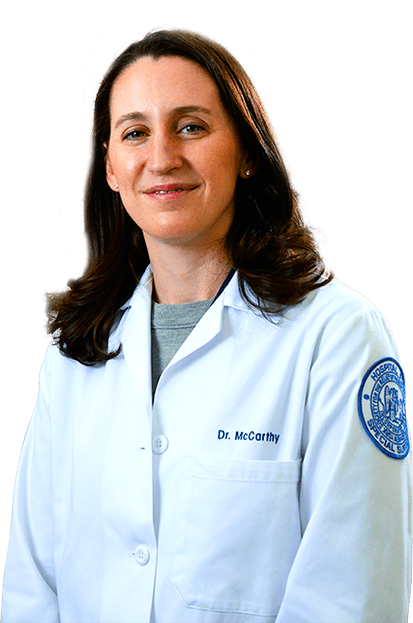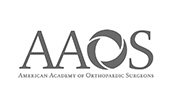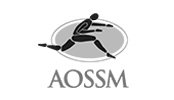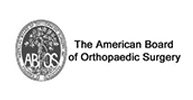Surgeons demystify labral pathology in overhead athletes
Since superior labrum lesions were first described in 1985 and the term “SLAP” lesion was coined in 1990, surgeons began to fixate on that region as a pain generator, especially in the overhead athlete population. In the wake of the burgeoning interest in superior labrum anterior-posterior (SLAP) lesions and the surrounding region, the SLAP repair emerged as the preeminent surgical treatment. Widespread overemphasis on SLAP repair diminished when surgeons learned more about the biomechanics of the throwing athlete’s shoulder.
